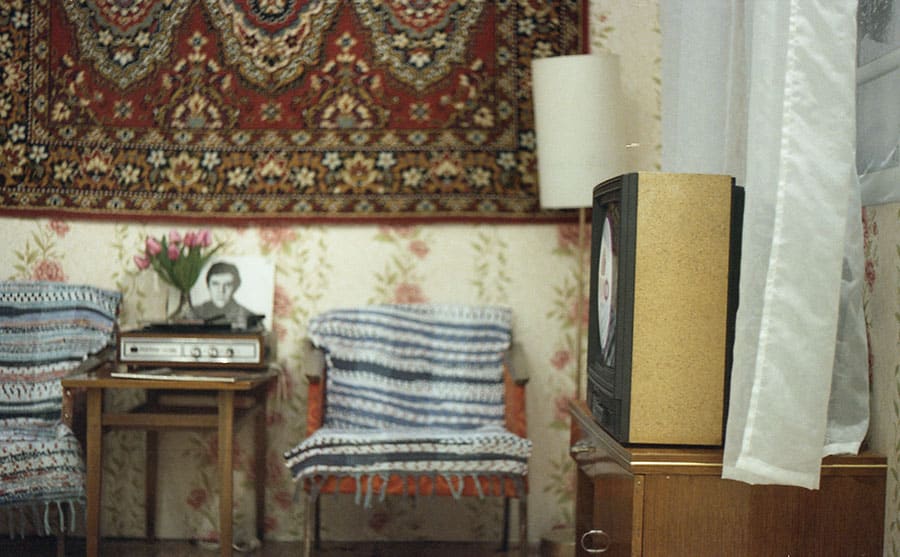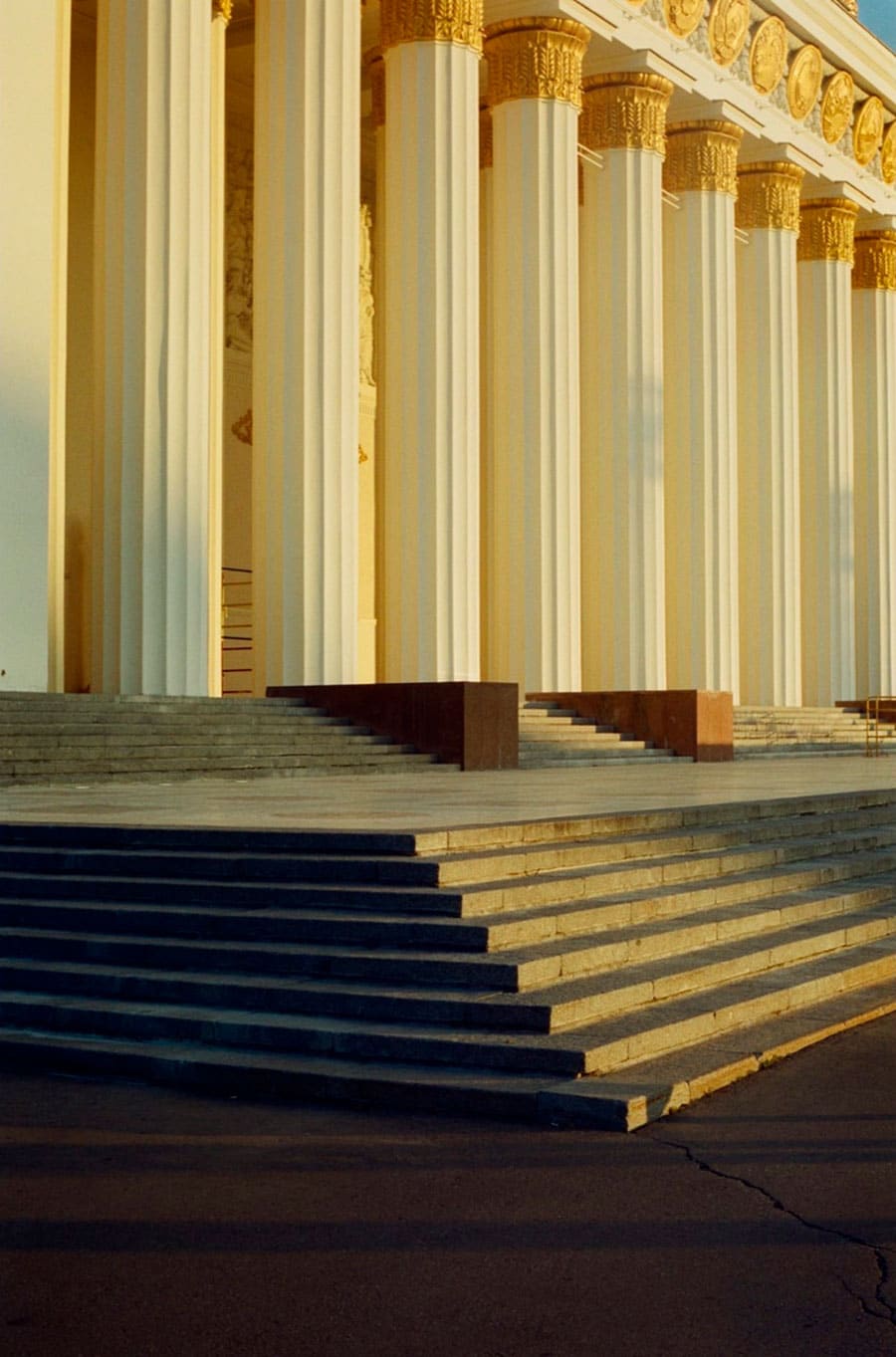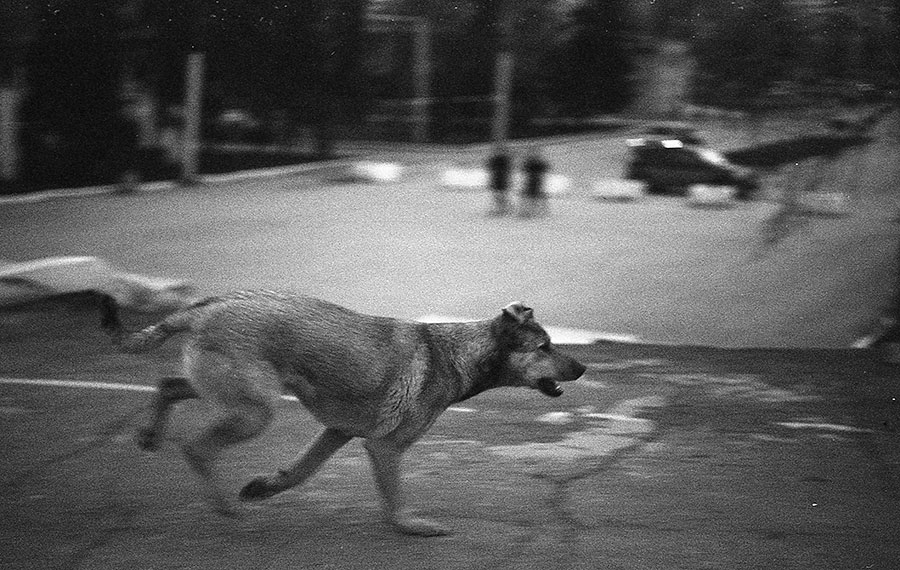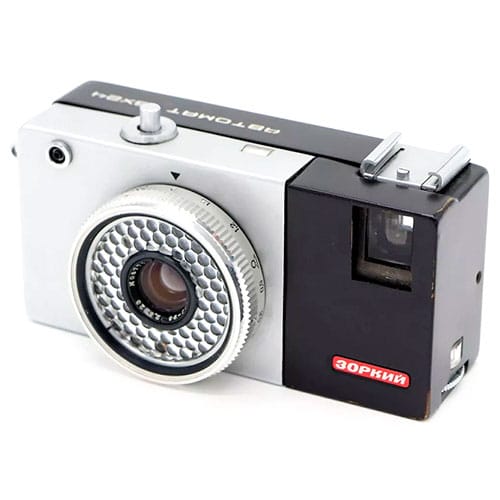Kiev-19
Kiev-19 is a 35mm Soviet high performance SLR camera manufactured by the Soviet Union’s Arsenal factory from 1985 to the 1990s.
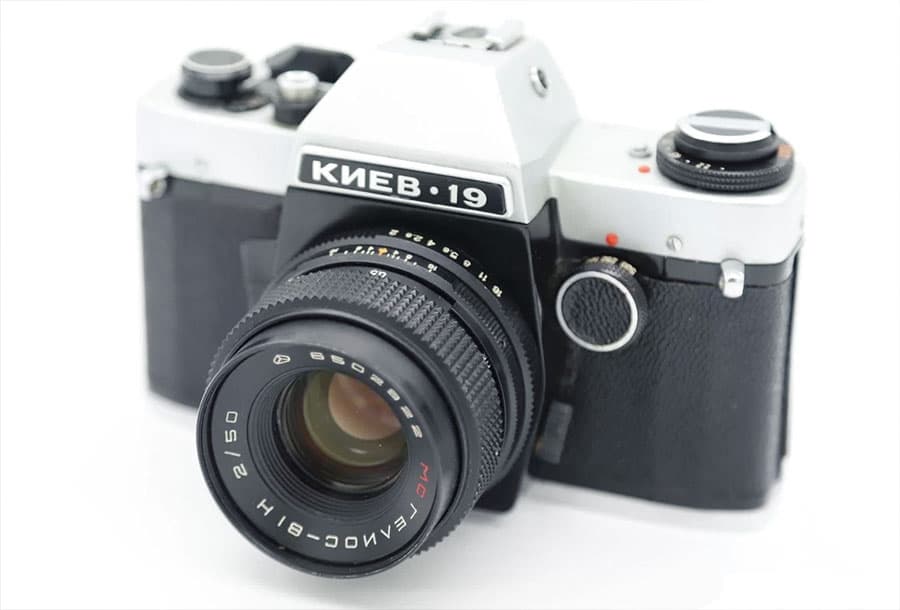
Kiev-19 was a more simplified version of the Kiev-20 camera. But despite this fact, Kiev-19 is one of the best 35mm film cameras created in the Soviet Union.
Kiev-19 Specifications
- Type: 35mm SLR camera
- Manufacturer: Arsenal plant
- Production period: from 1985 to 1990s
- Format: 24x36cm on 135 film
- Lens mount: Nikon F-mount
- Lens: Helios-81H f2.0/50
- Viewfinder image field size: 23×35mm
- Shutter: focal-plane shutter with speeds from 1/2 to 1/500 sec.
- Viewfinder: SLR with non-removable pentaprism
- Light meter: TTL light meter
- Flash synchronisation: sync socket “X”, sync speeds from 1/60s and longer.
- Selftimer: none
- Weight: 1100 grams

The Kiev-20 camera had leadership characteristics for the Soviet photographic industry of the 80s. But this Soviet SLR had two serious drawbacks. Firstly, it was too expensive and secondly, it was too unreliable.
In order to correct these shortcomings, it was decided to get rid of the shortest and longest shutter speeds, as well as the self-timer. In addition, there is no metering on the open aperture on the Kiev-19 camera.

As on previous models, Kiev-19 has an Nikon F-mount, which allows you to use Nikon lenses without any adapters. The standard lens for these cameras was Helios-81H f2.0/50, which, in our opinion, is one of the best lenses produced in the Soviet Union.
The camera was equipped with a simplified version of the Arsenal shutter with shutter speeds from 1/2 to 1/500 sec. The shutter is mechanical, which means that batteries are only required to operate the light meter.
For many, this set of shutter speeds may seem too limited, because most Japanese and German cameras of those years had shutter speeds from 1 second to 1/2000 or even 1/4000 sec. But let us recall that we are dealing with a Soviet camera, which in our time costs like a couple of rolls of film.
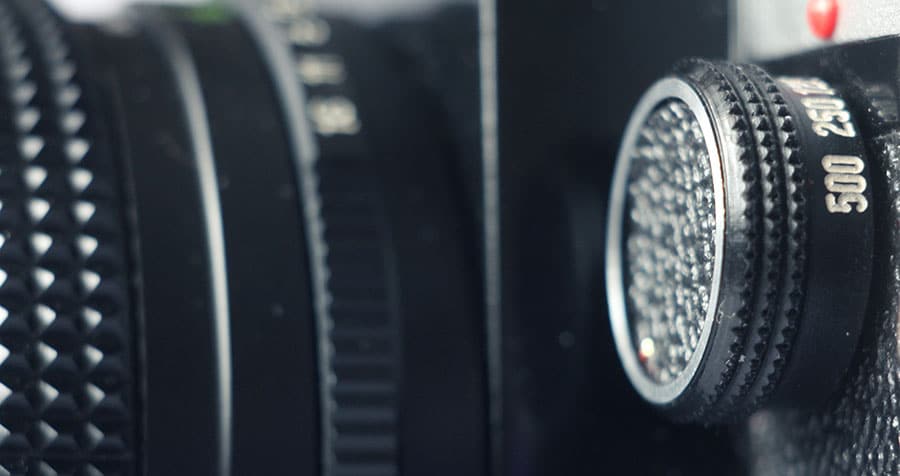
Unlike Zenit cameras produced at the KMZ plant, Kiev cameras produced at the Arsenal plant had a shutter with metal curtains, which makes the camera much more reliable.
In addition, unlike the shutters of the Zenit cameras, in Kiev, the curtains move vertically, which greatly reduces shaking when shooting and avoids unnecessary blurring in photographs.
The Kiev-19 has a hot shoe, which means you will be able to use modern flashes with this camera. Flash synchronization at 1/60 sec, which is also not an outstanding value, because even on the Zenit-19 there was flash synchronization at 1/125 sec.

Due to simplifications, this Soviet SLR camera has become slightly more compact, and no longer looks as bulky as Kiev-20.
In the viewfinder field, 93% of the future frame is visible, which is much more than 65% on most Zenith cameras. This feature makes it easier to work with composition and framing.

Kiev-19 is made of aluminum alloy and has an opening back cover. The build quality is much better than on cameras manufactured at the KMZ factory.
The shutter speed dial is in a very unusual place – next to the lens. But this feature allows you to keep your eyes on the viewfinder, so long as your right hand is holding the camera and your right index finger is on the shutter button, your left hand controls shutter speed and aperture.

Conclusion
The Kiev-19 camera is one of the best Soviet SLR cameras in our opinion. Firstly, this Soviet camera has excellent characteristics at a really low price. In addition, the build quality of Kiev-19 is much higher than the build quality of Zenits and other Soviet SLRs.
Not the last factor is that these excellent cameras were equipped with a set of the best Soviet lenses, such as wide-angle Mir-24H, standard Helios-81H and portrait Kaleinar-5H.
KIEV-19 PHOTOS




